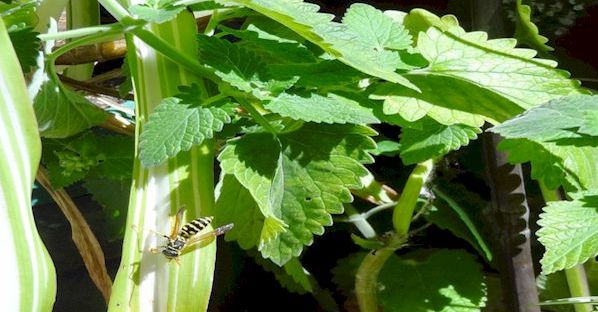
Writing questions in poetry has a history from as early as Dante, to 16th Century (Shakespeare) prolific in modernism and in today’s post-modernism/ contemporary writing. In post-modernism, the poem is a surface to play with, to question values, political or social notions or to simply be irreverent. The modernist poet T.S. Eliot incorporated questions in The Waste Land (with added notes) to direct us back to the original source. ‘Frisch weht der Wind/ Der Meimat zu/ Mein Irisch Kind/ Wo Weilest du?’ (The sailor’s song from Wagner’s opera – Tristan and Isolde). W.S. Merwin (1927-2019 ), an American political poet, uses the question in his poem Some Last Questions to create his own agenda concerning the role of man in war. A question, therefore, can be used solely for effect with no answer expected. By its implication that the answer is obvious, it is a means of achieving an emphasis stronger than a direct statement. Further, a questioning poem is not meant to be completely opaque and difficult. It’s not a Language poem, but we also don’t want it to be completely clear. There should be some mystery about the meaning, there should be some ambiguity, some inventiveness to keep the reader guessing!
Rhetorical questions, mostly used in speeches and in poetry, are questions that do not expect an answer. They are usually questions that make a reader think about a point, or a question that is obvious where the poet has asked it to make a point.
Examples of Rhetorical questions: If everyone else jumped off a cliff, would you do it too? The answer is an obvious ‘no!’ A more direct answer might be “Are you kidding?” which has now become a figure of speech.
How am I supposed to live without you? The answer is designed to convey the importance of the audience in the speaker’s life.
‘If you / prick us do we not bleed?’ (from The Merchant of Venice Act III, Scene I, lines 60-61) The answer is an obvious ‘yes’. This conveys to the reader the fact that the speaker is obviously human.
Answering a question in poetry It appears questions can be answered in more than one way in poetry and in doing so, they provide ambiguity. It is similar to what Wallace Stevens once said, “It’s not always easy to tell the difference between thinking and looking out of the window.” Therefore, ambiguity exists in answering question poems to bring different understandings of a single object, phrase or image. At the heart of this poetry, is the heart of metaphor, and therefore the poem becomes richer if its images and meanings are open to interpretation. Why do poets want a poem to more or less puzzle the reader? The answer to that question might be that the poet wants the reader to come back to the poem a few times to decide what it means.
On Finding an Old Passport Photograph
John Mateer
Who is that angelic child? Who is that angry angel
in the passport photograph of yourself, John?
Is he the spirit who was duped into taking your name,
the free spirit who escaped through a hole
in the kindergarten fence to cheerfully amble home?
The boy who looked across the railway tracks
to see a grinning tsotsi drag a finger across his throat?
The child-migrant losing his boomerang in a Canadian sky?
The future poet who, holed-up inside his cupboard
listening to the whispering of his words, would refute all images?
Who is that angel? Where is that child angry
in the passport photograph of yourself, John? (c)
tsotsi = a young, black gangster in South Africa
Questions about Wasps
Each morning, a wasp starts out as a lone traveller
heading into the garden, its hind legs dangling and
trailing in the wind. These moments are an eloquent
gesture of nature, the wasp on a journey into nectar,
jazzing up noisy wings, talkative as the bumble bee
already in the Fuchsia. There are many questions you
might want to ask, yet the only one you do know is
that wasps sting, especially late summer if you have
a fly swat or rolled newspaper in your hand.
Yet you’re curious about this eager garden traveller, like
a fly-in miner, flying out. Is he copying the tiger with
all those stripes on his back? Is he the bee’s rival, as he
hovers in mimicry? Is it to camouflage pincers in wax flowers
or to fool the bumble bee into thinking he is one of him?
And why does this busy wasp follow from petal to stamen,
and stamen again, and not the other way around? What about
his paper-mache home, is that in the roof? Is he building
a colony of one hundred wasps, damaging the beams?
You guess that wasps are designed to make you think. So,
wondering about that loud buzzing noise as he backs out of
a bud, is he imitating the operatic bee who comes out singing?
COPYRIGHT MATERIAL (c) 2024

